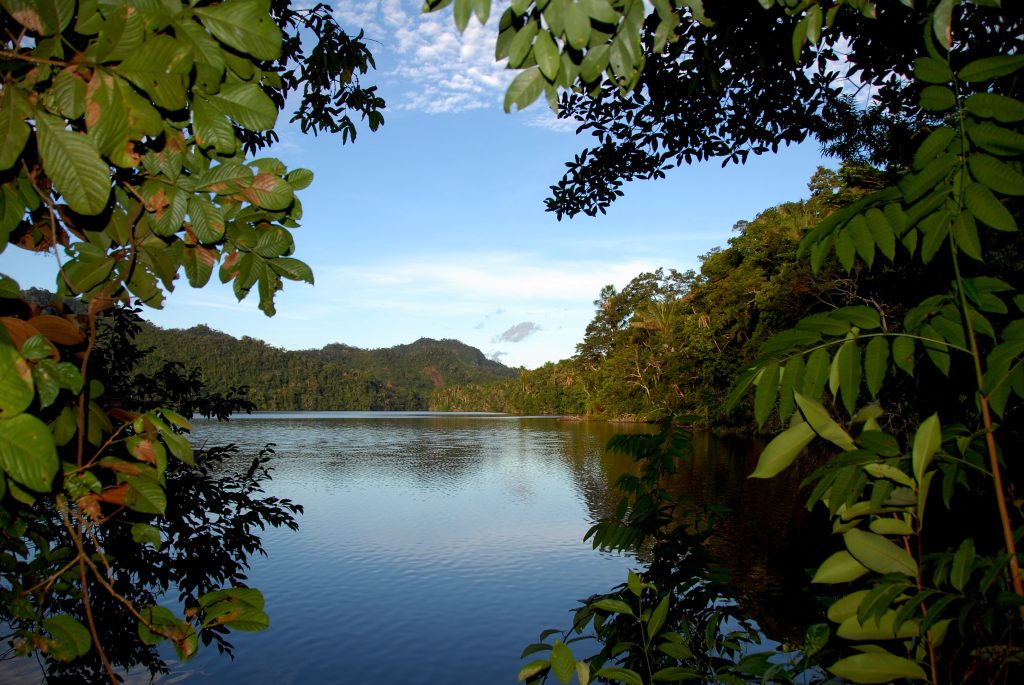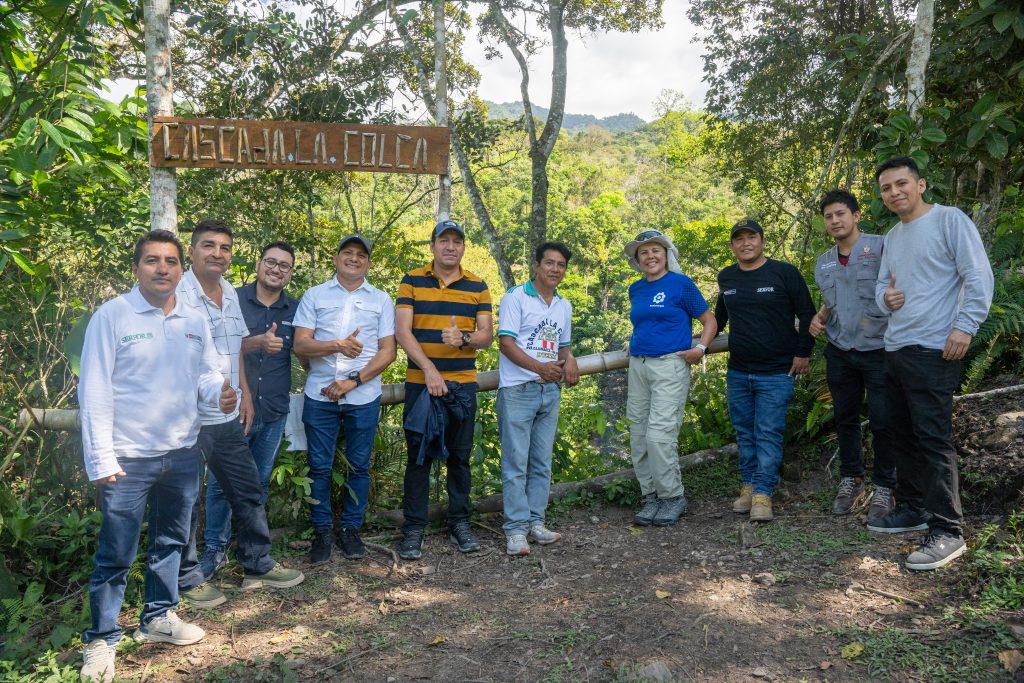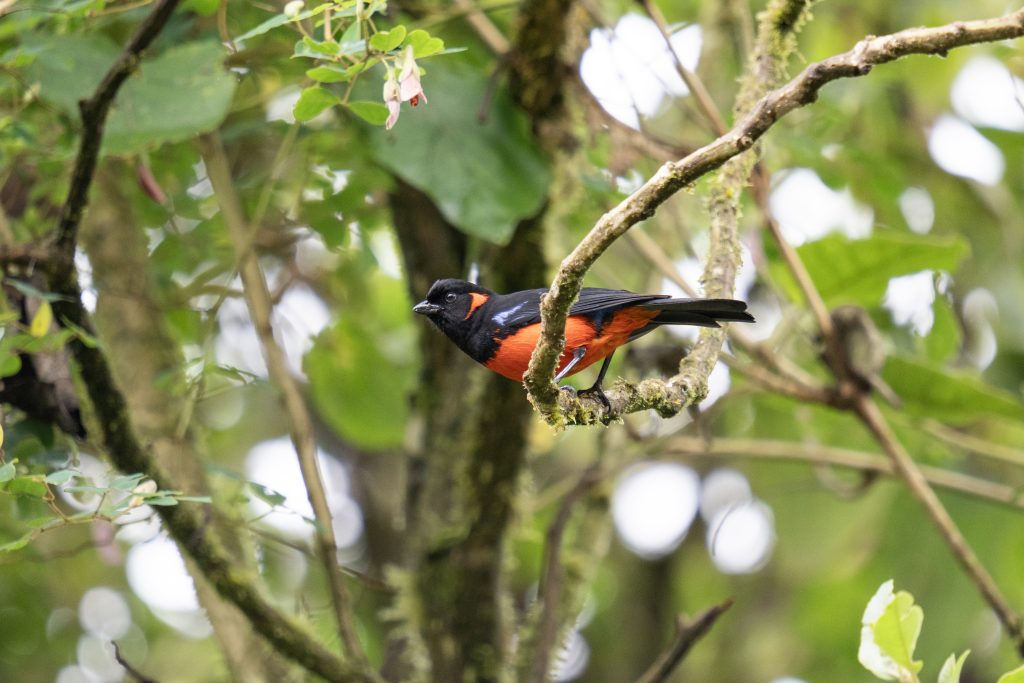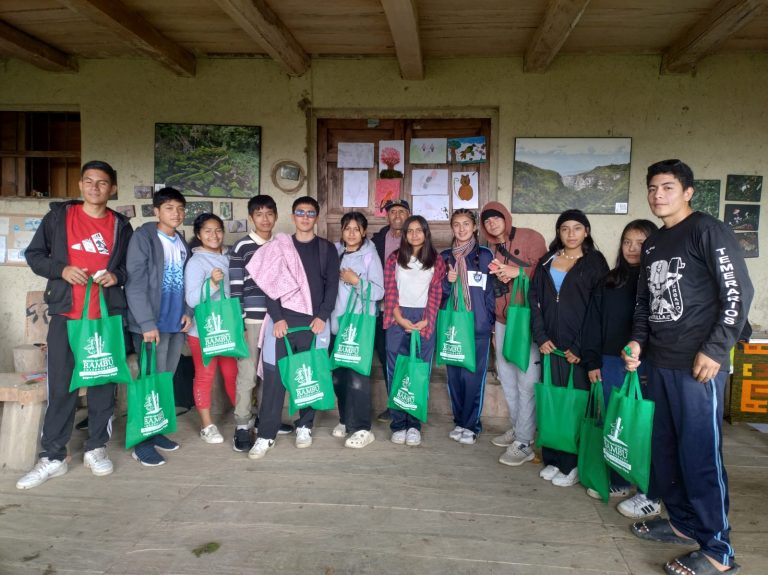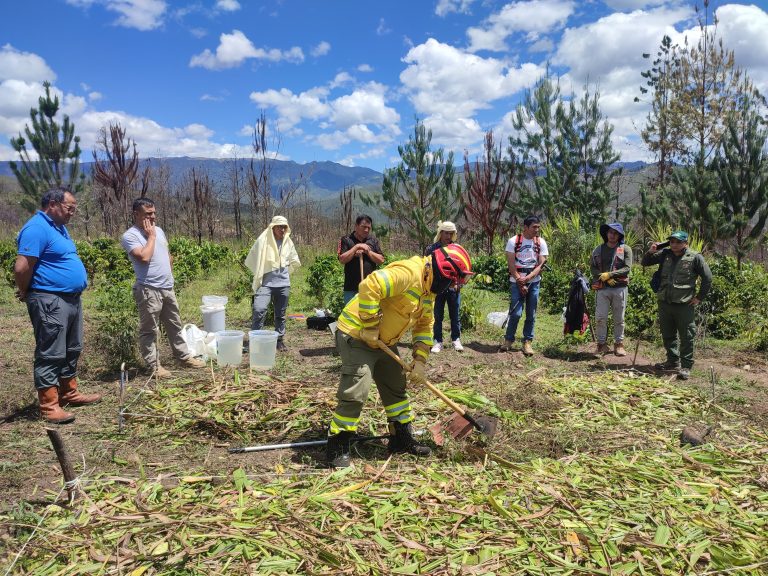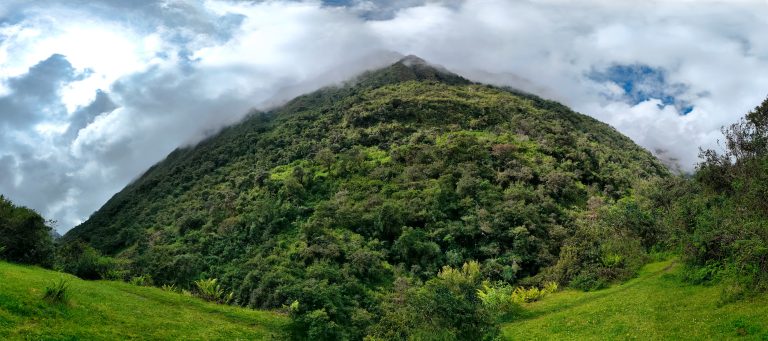Since the creation of Cutervo National Park in 1961, the first Protected Natural Area (PNA) in the country, the system of national protected areas has been growing gradually and sustainably to reach a total of 76 nationally administered PNAs to date. As the system has grown, threats to biodiversity and pressure on ecosystems have increased. As a result, the financing needs for NPAs to achieve effective management are increasing. One of the main challenges has been to obtain the necessary financial resources for the adequate conservation of these protected areas. However, public resources are insufficient, international cooperation is redirecting efforts to other geographic regions and the current economic-health crisis is causing different actors to redirect their efforts towards other goals, without realizing the close relationship between ecosystem health and human well-being.
In an effort to estimate the amount of resources needed to cover the costs of PNA management, the financing deficit -also called the financial gap- of national PNAs has been quantified. In other words, the amount of resources that are not assumed by the government or the various stakeholders involved in management. León (2007) makes a first attempt to estimate the annual financial gap for the entire protected areas system at approximately S/66 million (US$ 20 million). For its part, the Peru Heritage Initiative (2021) estimated that for the 38 PNAs of the Amazon biome there is a financial gap of S/46.2 million (US$ 14 million).
With the appearance of the COVID-19 pandemic and the actions implemented by the Peruvian State to contain the spread of the virus, there was an impact on the allocation of public resources, and the activities that generate revenue in the PNAs, such as tourism, were limited. SERNANP’s public budget for 2021 was approximately 83 million soles, which represents a 25% drop with respect to its 2020 budget. In 2022, the 2021 budget was maintained, however, due to the unusual inflation of that year, it is as if there had been a 6% drop in real terms with respect to the previous year. The evolution of the public budget can be seen in the following graph, which shows that we are still far from pre-pandemic budget levels.
Evolution of the public budget by source of financing 2009-2022
(in Nuevos Soles S/)
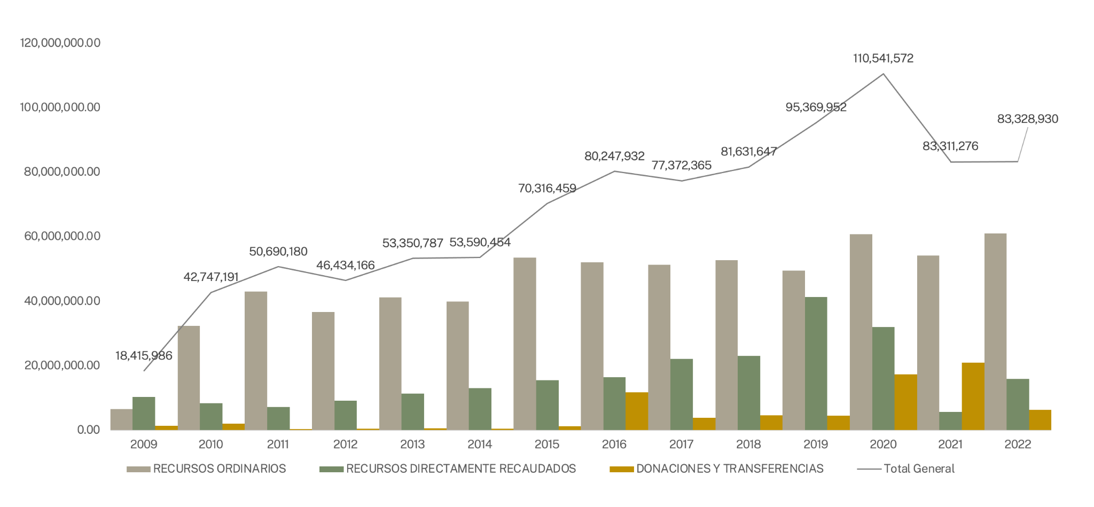
Likewise, social confinement, limitations on travel within the country and the closure of national airspace caused a drop in tourism activity at the national level, mainly among foreign visitors. This resulted in lower revenues in many PNAs. The lower revenues were reflected in the amount collected in 2021 with S/5.6 million, 83% less than in 2020. For 2022, there has been a slight increase, but it represents less than half of what was collected in 2019.
This context forces us to take a pause and rethink the need to establish a Financial Sustainability strategy for the PNAs, considering that the pandemic has increased the existing financial gap, which forces us to diversify funding sources and promote innovative mechanisms. In this way, various approaches can be integrated, ranging from generating greater resources, optimizing spending, as well as reducing and/or sharing management costs over time with the incorporation of strategic alliances.
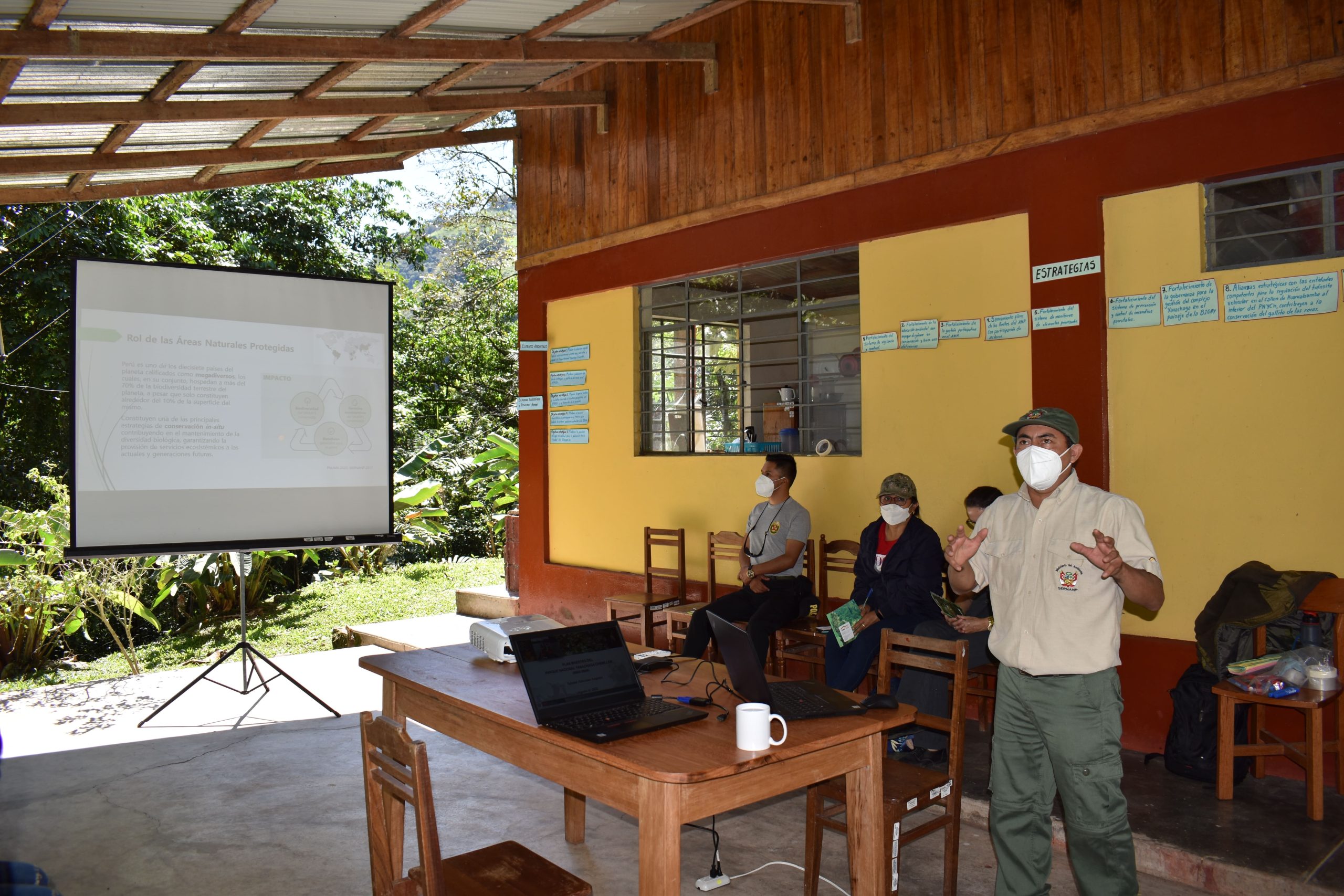
The Peruvian Heritage Initiative, mainly through the GEF 6 project “Securing the future of Peru’s PNAs” has been supporting the National Service of Protected Natural Areas by the State (SERNANP) – through the Financial Sustainability Unit – to coordinate financial planning with the institution’s strategic planning, which go hand in hand, hence the importance of this coordination, in order to have a comprehensive vision of PNA conservation.
Likewise, new or strengthened financing mechanisms are being promoted in order to cover the financial gap in the medium and long term, as well as to diversify the sources and channels of collection. Some examples of these mechanisms are the promotion of a mechanism for retribution for water ecosystem services (MERESE) in the Allpahuayo Mishana National Reserve; a new methodology for environmental compensation so that large investment projects have the opportunity to compensate in key sites and conserve the PNAs; a law proposal for SERNANP to have coercive enforcement power in the collection of fines and infractions; a proposal to update entrance fees to the PNAs; and to think about redirecting the enforcement power of fines and infractions; a law proposal for SERNANP to have coercive enforcement powers in the collection of fines and infractions; a proposal to update entrance fees to the PNAs; and to consider redirecting financial resources towards the conservation of headwaters of river basins, among others.
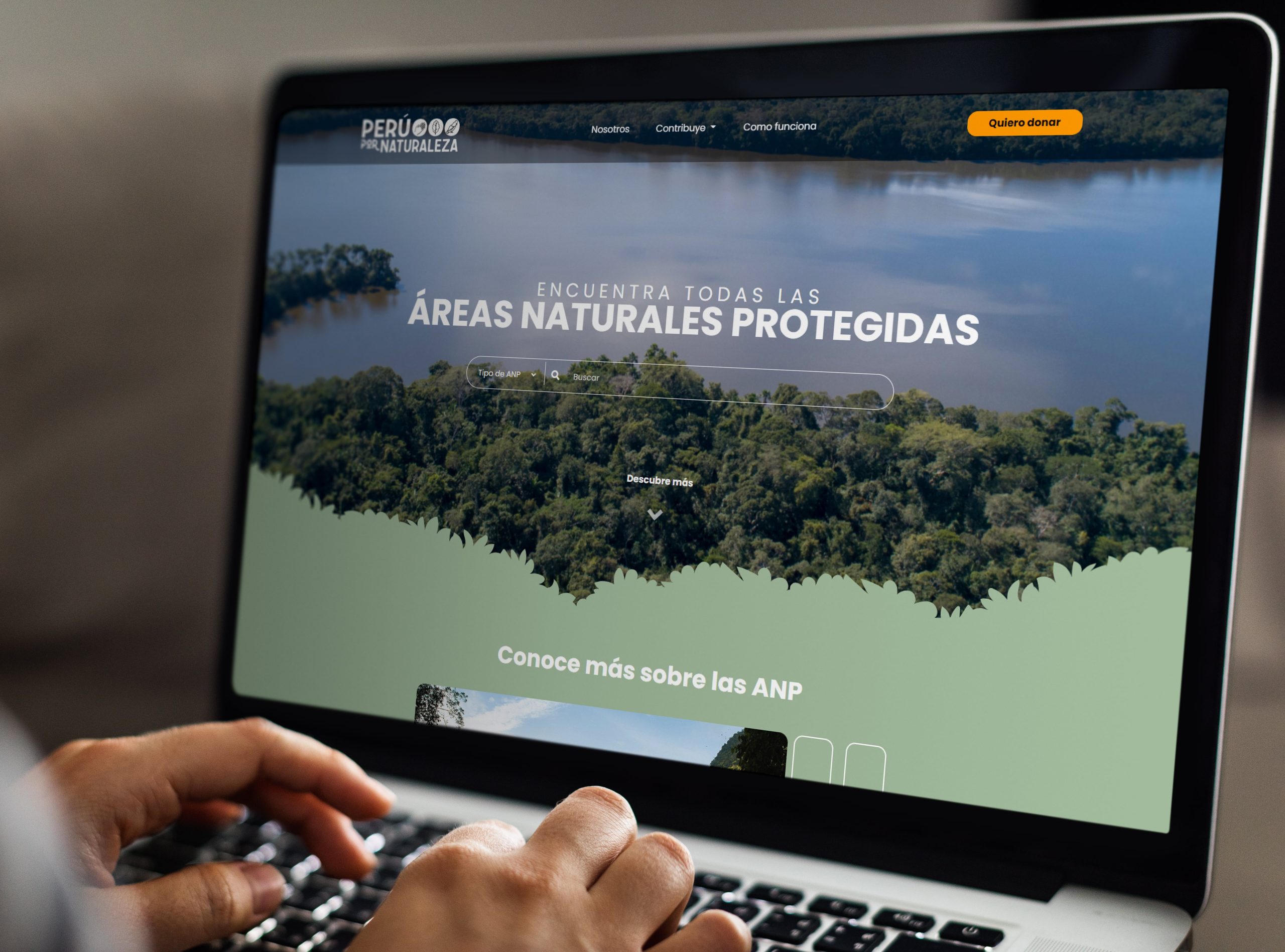
We also believe that the participation of civil society and the business sector is necessary for the conservation of PNAs. In this way, a donation system is being implemented in four PNAs so that visitors can contribute to the management of these areas through the “Peru by Nature” platform. In addition, through the INNOVA PNA Project, which is financed by the Moore Foundation and GEF6 and implemented jointly by Profonanpe and SERNANP, business strategies such as Green Banking are being designed to promote financial products that generate additional resources for SINANPE and to involve companies in conservation through corporate social responsibility and other products designed in conjunction with them.
However, this path, which is just beginning, requires political support beyond SERNANP, where it is essential to involve the Ministry of Economy and Finance (MEF), the Ministry of Foreign Trade and Tourism (MINCETUR), and even the Congress of the Republic to implement financing mechanisms that generate more revenue, such as green taxes, thematic bonds, modifications to the Extraordinary Tax for the Promotion of National Tourism Development and the tax on plastic bags and other impact initiatives, so that part of the proceeds of these instruments go to the PNAs, and contribute to the welfare of millions of people in the country.
This is a medium- and long-term path, but we must start now. This is the challenge for which the support of all Sernanp employees and officials is of utmost importance, as the leading institution of the PdP initiative for the financial sustainability of the effective management of PNAs, and with it the contribution of key actors through strategic alliances with other public sectors and the private sector.
Awareness of the importance of conserving PNAs and the availability of financial resources over time is a task for everyone, from the state apparatus, the business sector, NGOs, academia and the public. Change the view that these areas, besides providing food security, health, culture and other ecosystem services, are above all, a space that should promote the development of local populations, native communities and the country itself. Dreaming costs nothing! Action is now!
We count on you.
Authors:
Martín Astocóndor
Economic Specialist of Peru’s Natural Heritage Initiative
mastocondor-pdp@sernanp.gob.pe
Alberto Cuba
Financial Sustainability Specialist for GEF 6 – Peru Natural Heritage Initiative Project
acubagef6-pdp@sernanp.gob.pe


